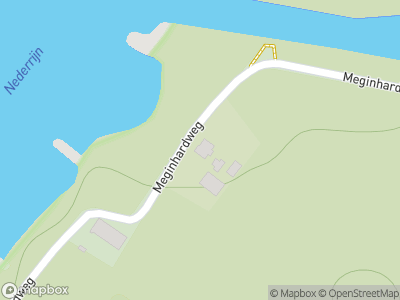During the Cold War, a secret was hidden amid the quiet, marshy fields of Meinerswijk near Arnhem.It consisted of numerous military structures, built as part of the IJssel Line: an enormous defence project designed to hold back a Russian invasion.Key elements of the IJssel Line that still remain in Meinerswijk, are the remarkable viaduct and several tank bunkers.
IJssel Line
The IJssel Line is sometimes called the last Dutch waterline. This is because, once deployed, it would have flooded a vast area between Nijmegen and IJsselmeer in an attempt to stop an imminent advancing army. In order to achieve this, both the Rhine and Waal rivers needed to be dammed, and the Dutch designed movable floating dams that could be put into position in the Rhine and Waal rivers to redirect the river water. One of the floating dams moored between Meinerswijk and Rosandepolder was code named ‘Object II’. A variety of facilities were built in Meinerswijk for protecting the dam and maintaining the water level. Similarly, dozens of military structures were also built on the washlands of the Rosandepolder on the opposite bank.
Viaduct
If the dam in the Rhine were deployed, the river water would run into the low-lying polders of Meinerswijk. To prevent this from happening, the authorities built a special kind of viaduct. Under normal circumstances, the viaduct functioned as a bridge to the brickworks, but in the case of an attack, its heavy metal doors could be lowered to regulate the water level. Fortunately, the viaduct has never been used as a dam, but it continues to form an impressive feature in the polder landscape to this day.
Tank bunkers
In total, 21 tank bunkers were built in Arnhem in order to defend the dam. These bunkers were made using Sherman tanks that had been left behind by the Allies in 1945. The tanks had served the Dutch army as training equipment for a while, but by 1951, they were pretty worn out. They were stripped completely and their hulls were encased in concrete. Only their turrets were left exposed and soldiers could climb into the tanks to operate the guns via hatches. The tanks were also equipped with generators.
There are still four of the tank bunkers in Meinerswijk.















